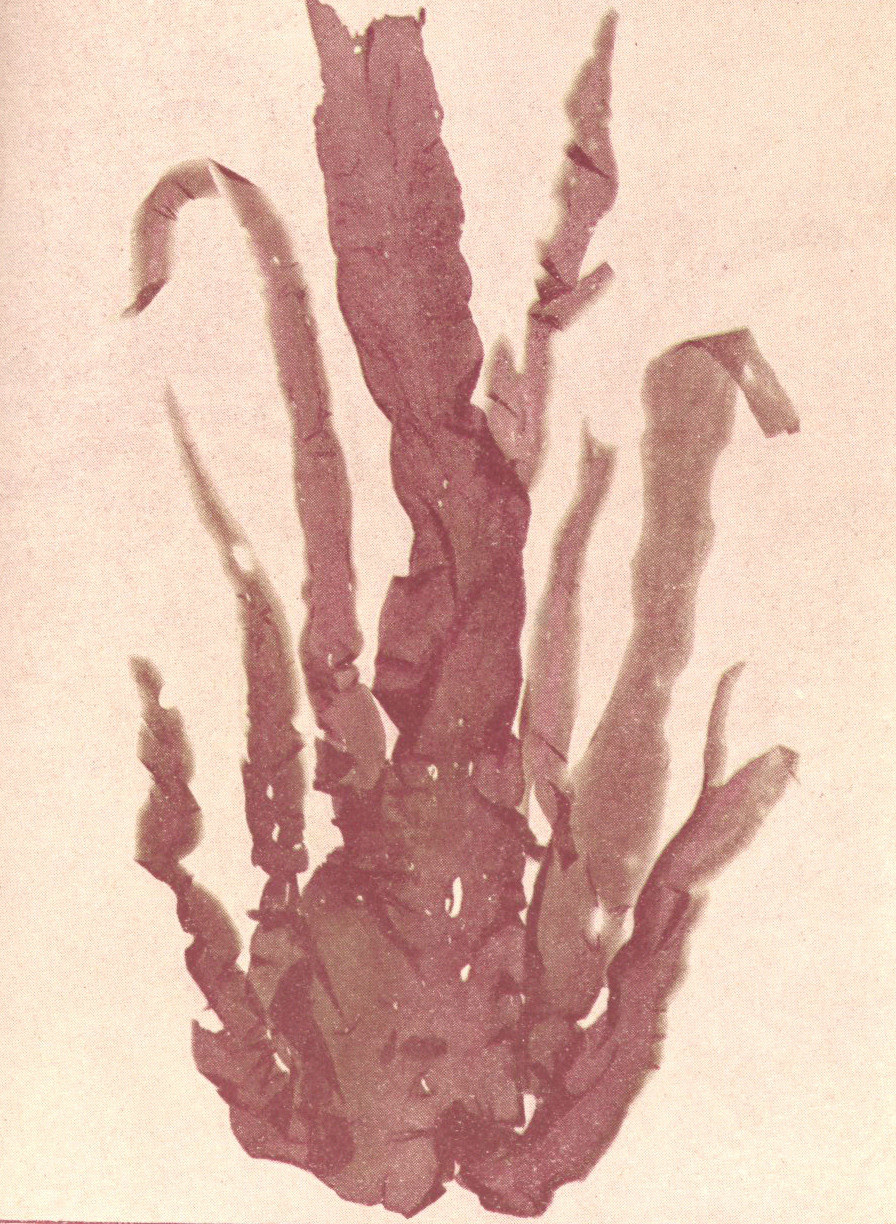Establishing reference genomes for two red macroalgae (Porphyra dioica and Porphyra linearis): coupling genomic information to complex life cycle variation
Prof. Olivier De Clerck and Dr. Jessica Knoop are from the Phycology Research Group at Ghent University, BE. The working group focuses on genetics, diversity, life cycle control of marine macroalgae. We address questions ranging from descriptive taxonomy over ecological studies forecasting the distribution of species in relation to environmental change to genomics. These fundamental biological questions are also used to solve more applied aspects – advancing seaweed cultivation in Europe. You can find more information about the research at https://phycology.ugent.be/
The Phycology Research Group at Ghent University contributes with a case study to the BioGenEurope “Enhancing Biodiversity Genomics Applications” program with a project started in June 2024. Within the project, we aim to establish reference genomes for two red macroalgae Porphyra dioica and Porphyra linearis to support ongoing research.
Porphyra dioica and Porphyra linearis belong to an ancient red algae group, commonly known as bladed Bangiales. This order includes many fascinating species, some of which are well known, such as Nori sheets – an essential ingredient in sushi – but there are also others with a complex physiology that permits them to survive in the stressful intertidal environment. Besides tolerating quick changes in temperature and light intensity, they can also survive desiccation and freezing.
Porphyra linearis growing in its natural habitat. Photo by: Jessica Knoop
Porphyra dioica and Porphyra linearis belong to an ancient red algae group, sequencing their genomes will help researchers to better understand their complex physiology and evolution. Photo by Emile Wuitner – Wuitner, Emile (1921) Algues Marines des Cotes de France (Manche et Ocean), Encyclopedie Pratique du Naturaliste. v.VII, Paris: Paul Lechevalier, Public Domain.
With the help of these two genomes, we will be able to gain a better understanding of underlying fundamental processes in red macroalgal evolution, adaptation, and specific life cycle variation. In addition to providing fundamental knowledge about this ancient lineage of red algae, this new genomic data can assist in overcoming hurdles associated with the valorisation of European Porphyra.
This project received funding from the European Union under the European Union’s Horizon Europe research and innovation programme, co-funded by the Swiss Government and the British Government, with additional support from national research grants. We also thank BGE-ERGA for providing a collaborative platform that made this research possible.
*Header image: Porphyra dioica and Porphyra linearis belong to an ancient red algae group, sequencing their genomes will help researchers to better understand their complex physiology and evolution. Photo by Emile Wuitner – Wuitner, Emile (1921) Algues Marines des Cotes de France (Manche et Ocean), Encyclopedie Pratique du Naturaliste. v.VII, Paris: Paul Lechevalier, Public Domain.




